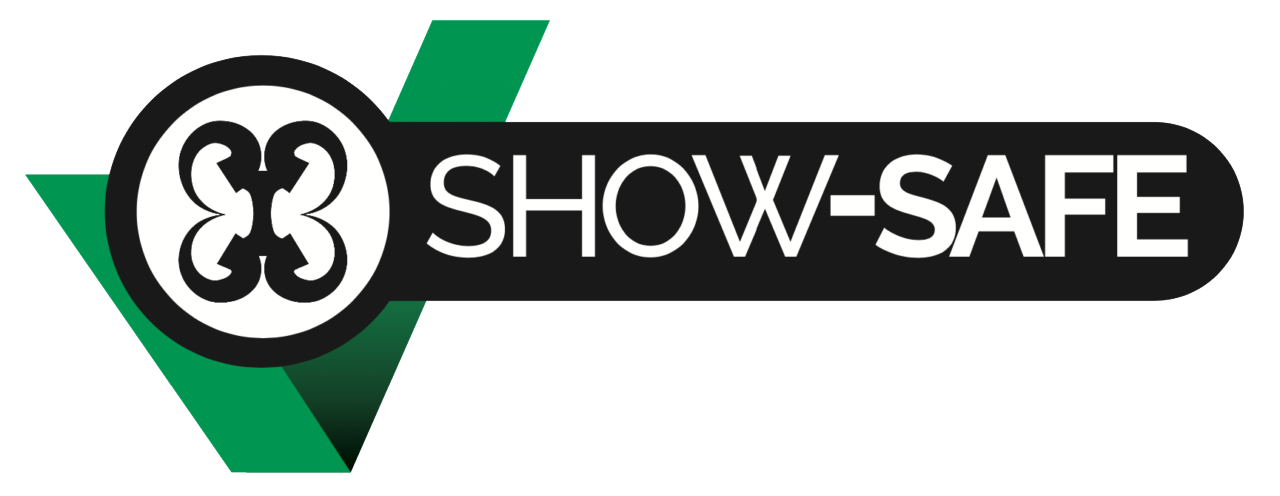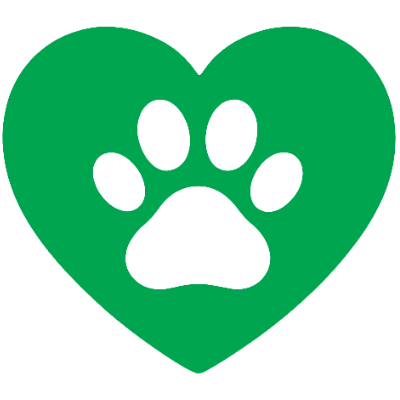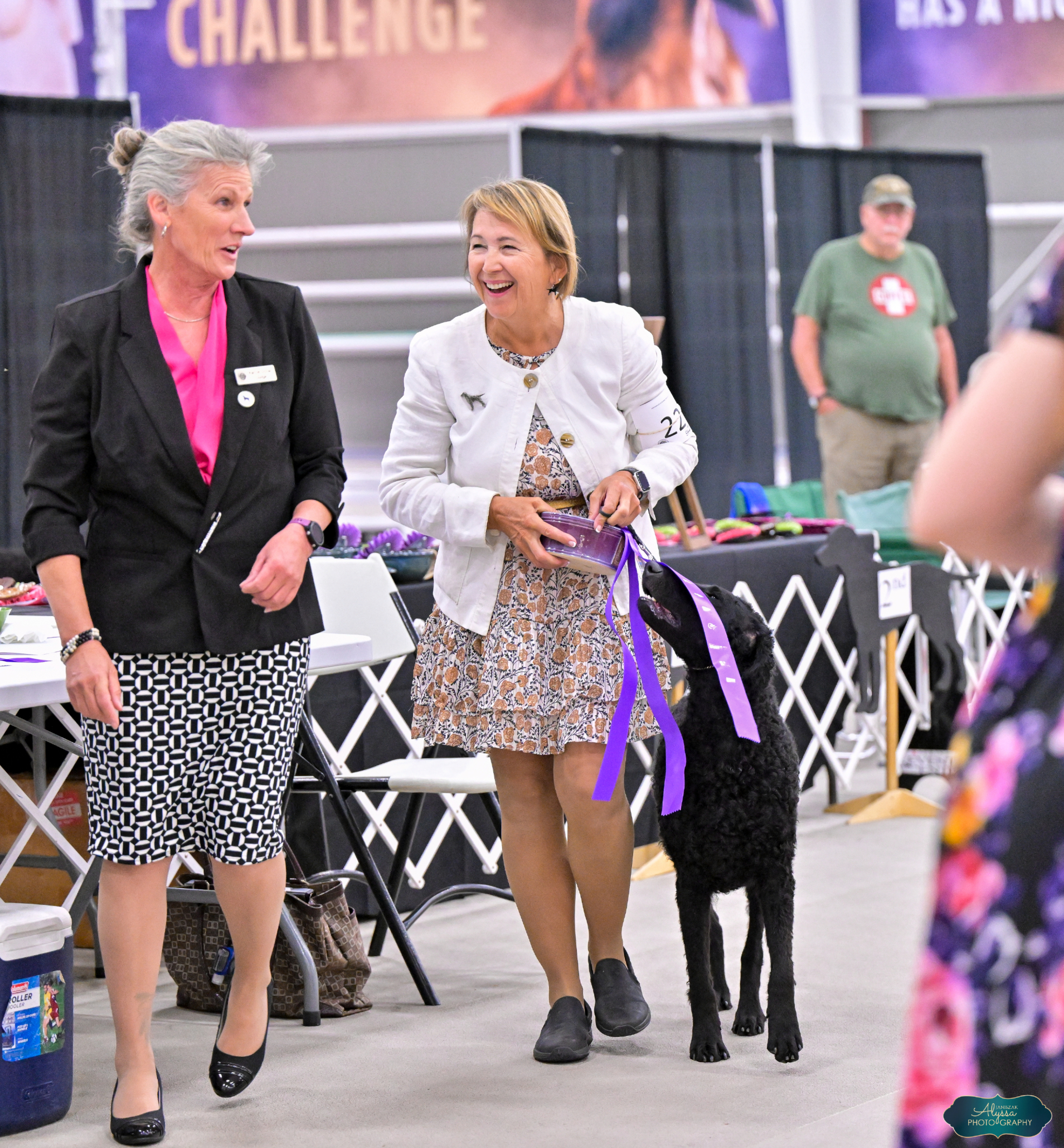Compassion in Our Community:
What It Really Looks Like
By Idi McConnie, Vice-Chair, SHOW-SAFE
Originally published in Dog News Magazine September 11, 2025
It starts with a whisper behind a grooming table. By the time the weekend’s ribbons are handed out, that whisper has become a rumor — and the survivor, not the abuser, is on trial in the court of gossip.
In the dog show world, we pride ourselves on detail. We spend hours trimming every stray hair, chalking every paw, practicing every down-and-back. We fuss over gait, topline, and tail set because we know presentation matters. But when it comes to supporting each other in hard times, do we show the same care and precision?
Just as a judge looks beyond the surface to evaluate the whole dog, compassion requires us to look beyond curiosity and gossip to see the heart of a situation — the dignity and well-being of the person in front of us.
The Ring Teaches Us Respect — For Dogs and People
In the ring, respect is non-negotiable. We respect the dogs by keeping them safe, healthy, and comfortable. We respect the judge by showing up prepared and presenting honestly. We respect our competitors by giving them room to move and congratulating them when they win.
Shouldn’t we extend that same standard of respect to one another outside the ring?
When someone in our community comes forward about abuse or experiences trauma it’s tempting to crowd around like spectators ringside, whispering, “What happened?” or “Did you hear?” But imagine if that scrutiny were turned on you in the middle of a vulnerable moment. Would you want an audience, or would you want quiet, genuine support?
Compassion Is Action, Not Curiosity
Compassion doesn’t require a microphone. It’s often quiet, like the steady hand on the lead that reassures a nervous puppy. Here’s what compassion looks like in practice:
- Sending a private note that simply says, “I’m thinking of you.”
- Checking in with a quiet text: “I’m here if you need me.”
- Refusing to pass along gossip, even when the crowd around you is buzzing.
- Offering to sit with someone ringside, share a coffee, or take a quiet walk with the dogs instead of pushing for details.
- Acknowledging when an authentic relationship isn’t there and letting your support be quiet, loving thoughts.
These gestures are like ringcraft — small, deliberate moves that may not be flashy but make all the difference in how someone feels supported.
What Not to Do — and What to Do Instead
Just as we train our dogs out of bad habits, we can retrain our instincts in how we respond to others’ pain. A gentle correction in our own approach goes a long way.
- Instead of asking, “What happened?” at the show, try saying, “I’m glad to see you here.”
- Instead of, “Why didn’t she leave?” say, “No one deserves abuse. I believe the victim.”
- Instead of posting or commenting publicly about the event, even with supportive intentions, reach out privately to offer care so that you don’t unintentionally fuel algorithms or disrupt healing by being a part of painful online reminders that resurface later.
Think of it like handling: you wouldn’t jerk a dog on the lead and expect elegance. You use finesse. The same goes for compassion — subtlety, patience, and quiet strength matter more than force.
Our Legacy as Stewards of the Sport
Those of us with years — sometimes decades — in this sport are more than exhibitors. We are mentors, guardians of breed standards, and keepers of tradition. We pass down knowledge about bloodlines, conditioning, and presentation. But mentorship doesn’t stop with dogs.
The culture of our sport is also part of what we pass down. If the next generation sees us gossiping, dismissing victims, or treating trauma as entertainment, that becomes their template. But if they see us choosing compassion — dignity, respect, and quiet support — they’ll carry that forward too.
If we want our sport to thrive long after we’ve left the ring, we must create an environment where safety and respect are as foundational as the written standard. Just as we demand good structure in a dog, we must demand good structure in our community.
Compassion is the best legacy we can leave. It is the steady hand, the gentle word, the safe place to stand. It is as much a part of good sportsmanship as shaking a competitor’s hand after Best in Show.
Our dogs depend on us to show them with grace. Our fellow exhibitors depend on us to treat them with dignity. And the generations coming up behind us depend on us to model what true stewardship looks like.
Let’s prove that in our sport, compassion isn’t an afterthought — it’s a Best of Breed quality.









